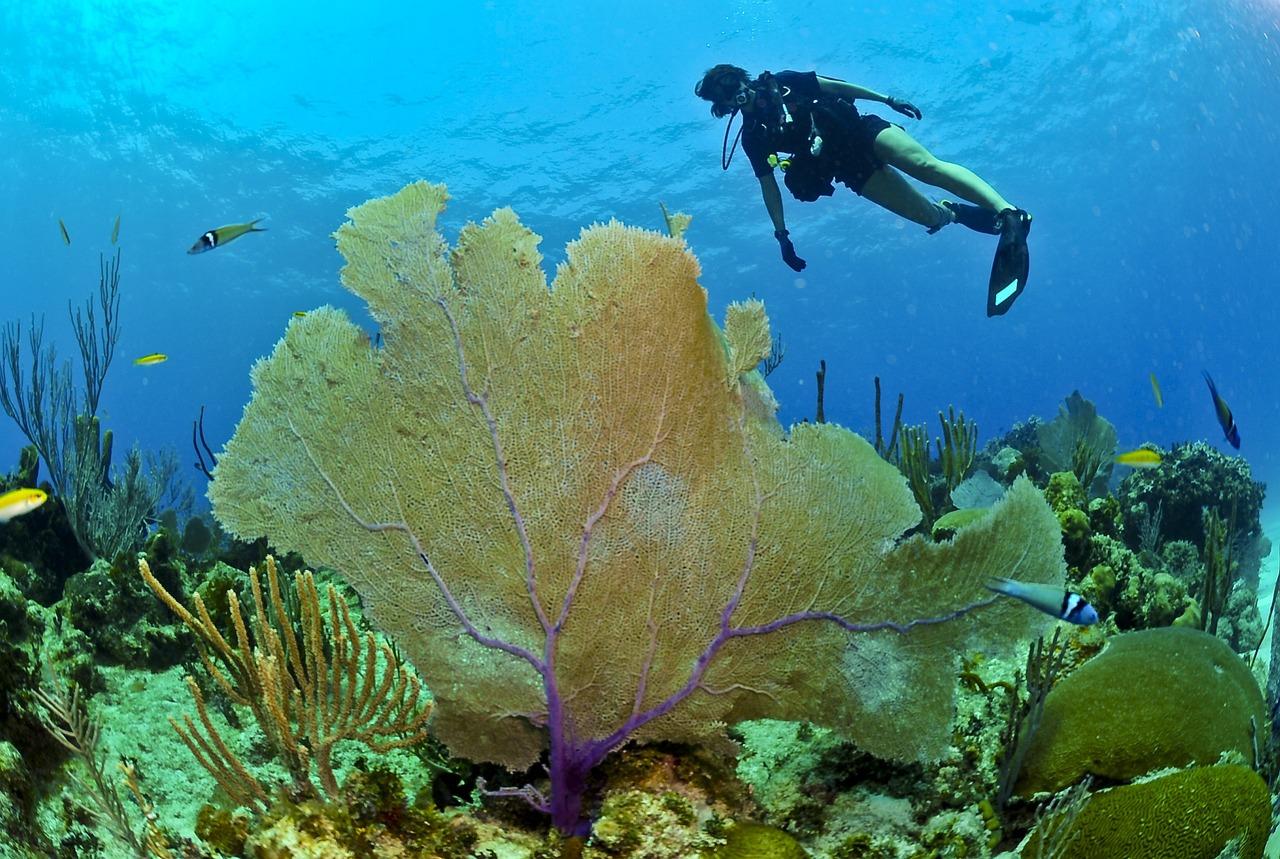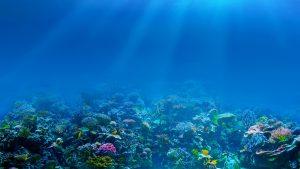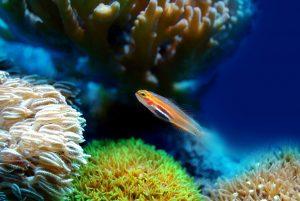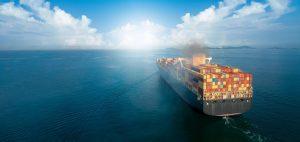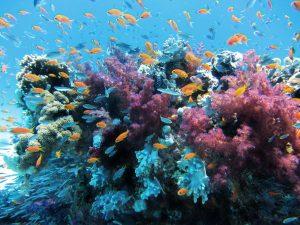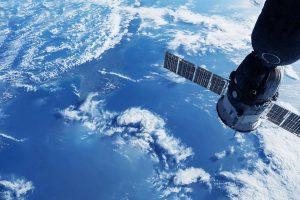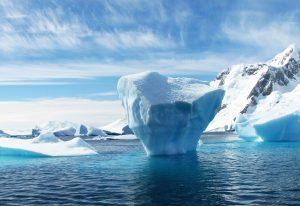In the vast expanse of our oceans, a crisis is unfolding silently beneath the waves, hidden from the naked eye but as real as the air we breathe. The human footprint, once confined to land, has left an indelible mark on marine ecosystems. A recent study by the Senckenberg Biodiversity and Climate Research Centre delves into the intricate dance of marine life, revealing a pressing issue that demands our immediate attention.
The Slow-Fast Continuum of Life
At the heart of the research lies the slow-fast continuum of life, a concept that categorizes marine species based on their pace of life. The study, which meticulously analyzed the life histories of 2,800 marine species, sheds light on how these creatures experience time and how they respond to the pressures imposed by human activities. Slow-living species, with longer lifespans and slower reproduction rates, face stark challenges compared to their fast-living counterparts. This classification goes beyond mere biological curiosity, holding profound implications for the health and stability of marine ecosystems.
Human Pressures and Marine Ecosystems
The study highlights a crucial correlation between fishing pressure and the life history strategies of marine communities. Intensive fishing practices disproportionately impact slow-living species due to their longer maturation times and lower reproductive rates. This imbalance not only pushes these species towards extinction but also destabilizes the ecosystems they help sustain. The importance of scale in ecological research becomes evident as the study emphasizes the non-uniform impact of human activities across different regions, depths, and habitats. A nuanced approach to conservation and management is essential.
Charting a Course for Sustainability
The findings of the Senckenberg Biodiversity and Climate Research Centre’s study serve as a clarion call for a paradigm shift in how we manage and protect our marine resources. Sustainable management and the protection of marine life are imperative. Safeguarding slow-living species and preserving the biodiversity of marine ecosystems are crucial steps in ensuring the resilience of our oceans. With the dual threats of overfishing and climate change looming large, the need for comprehensive, science-based policies has never been more urgent. It is time to rethink our approach to conservation and acknowledge the intricate dynamics of marine life.
In conclusion, the study not only sheds light on the challenges faced by marine ecosystems under the weight of human pressure but also underscores the critical role of slow-living creatures in maintaining the health and stability of these environments. As we navigate the complexities of marine conservation, understanding the interplay between life history strategies and ecosystem functioning becomes pivotal. The path forward is clear: a commitment to sustainable management and protection of marine life is not just an environmental imperative but a necessity for the survival of our own species. It is time to act, ensuring the longevity of the blue heart of our planet.

